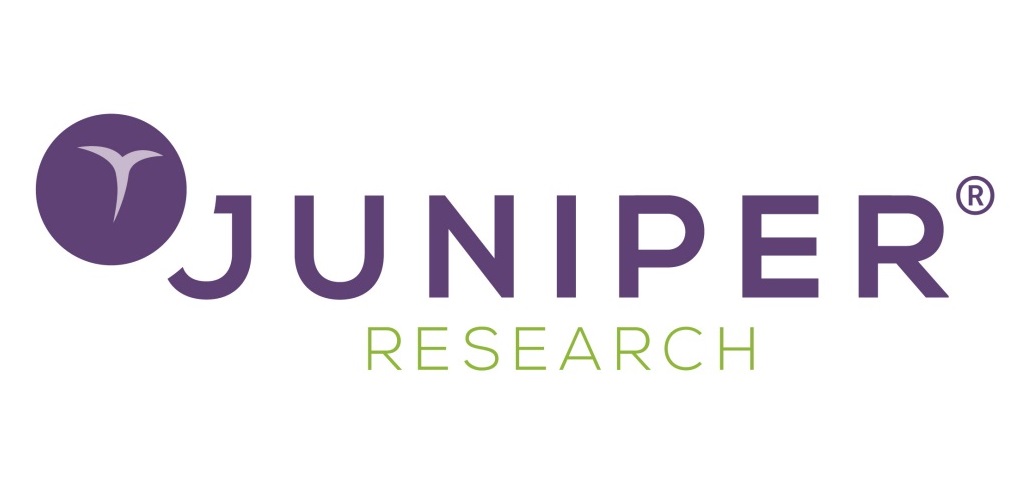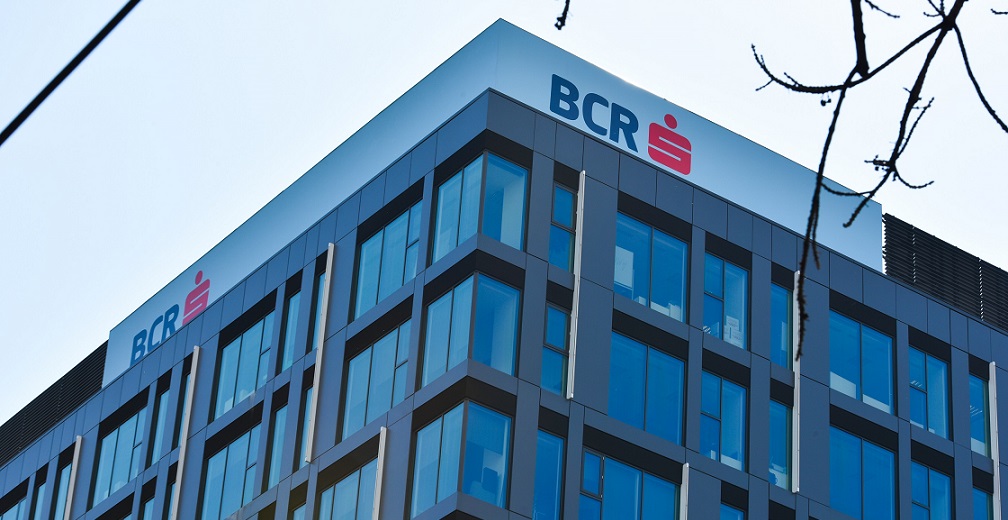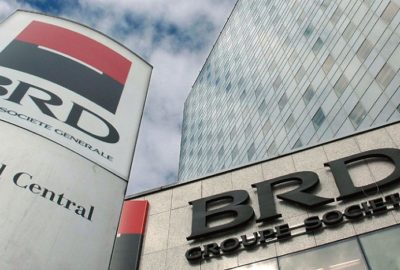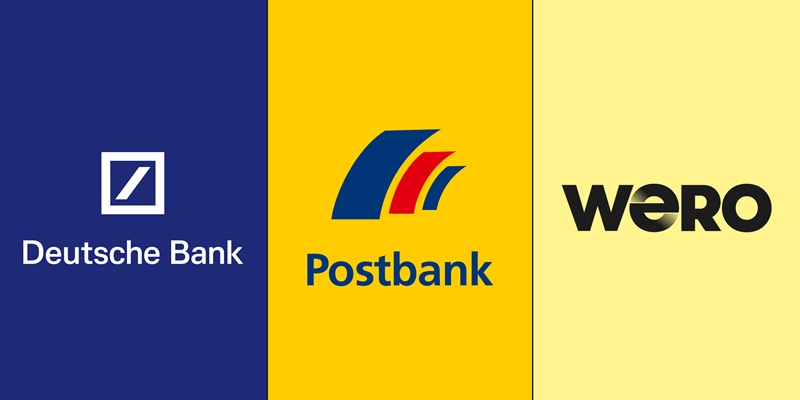Retail bank income in Europe grew by just 2.9% in 2024, a steep drop from 18% in 2023, finds Kearney. Profitability per customer hit a record £238, up from £229 in 2023, marking a 50% increase since 2019.
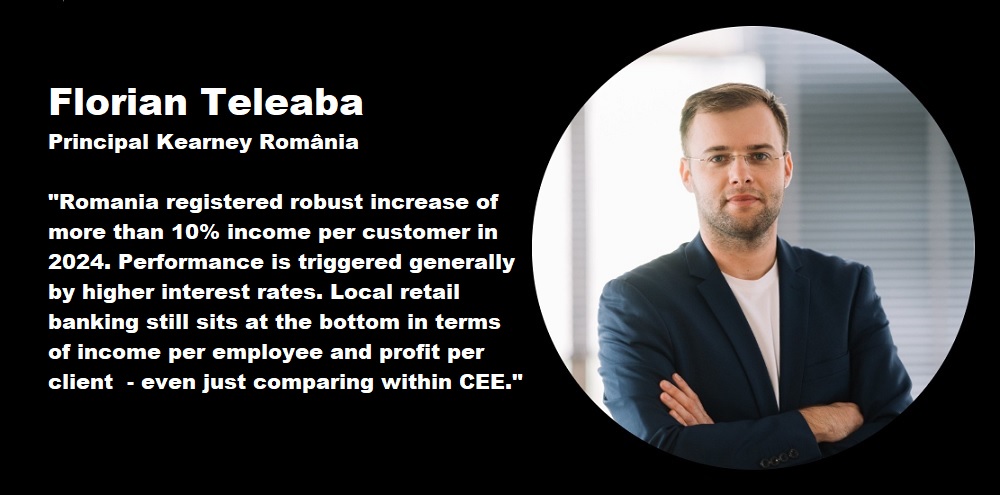
Leading consultancy Kearney has today released the latest data from its annual European Retail Banking Radar, revealing that retail banks have experienced a significant slowdown in income growth, which has dropped to just 2.9% in 2024, compared to the 18% growth seen in 2023. This shift signals a return to a more moderate growth environment, as higher interest rates cool and consumer confidence softens.
Slower income growth and rise of fee income
Retail bank income grew by just 2.9% in 2024, down from 18% in 2023. Fee income now accounts for over two-thirds of total growth (72%), with a year-on-year increase of 5%. This growth was fuelled by higher transaction volumes, increases in fees on accounts, and a strong performance in asset management and insurance. As traditional interest-based revenue streams face continued pressure, banks are finding new ways to boost profitability.
Cost control and efficiency for sustainability
A cost to income ratio of below 40% was almost unheard of in retail banking in prior years, yet in 2024 we saw Portugal reach an average 32% across national banks, whilst Poland saw a 35% average cost to income ratio. Still, with interest income under pressure, retail banks must focus on cost control operational efficiency, and the adoption of AI to maintain margins. Shifting toward non-interest revenue streams and streamlining operations will be crucial to long-term sustainability too. The ability to adapt to this changing environment will be key to ensuring continued success.
Retail banking income Retail banking income plateaus, but profitability hits record high
Although income growth has moderated, profitability continued to improve across European retail banks. Profit per customer rose to a record €238 in 2024, up from €229 in 2023 and marking a 50% increase since 2019. This strong performance reflects banks’ ability to maintain margins through disciplined cost control, enhanced operational efficiency, and a strategic pivot toward higher-margin, fee-based products such as asset management and insurance.
Regional leaders
Switzerland remains Europe’s most profitable retail banking market. However, Kearney’s research reveals that Scandinavian banks are gradually closing the gap, nearing €1,000 per customer. At the same time, Spain and Italy are performing strongly at nearly €900 per customer, thanks to improving market positions and diversified income streams. On the other side, the high net interest income share in the financials of UK banks will make growth challenging in the coming year.
Managing risk exposure will be a top priority this year, resulting from weak economic growth, record-high US tariffs and low consumer confidence. In Poland, Spain and France, banks have set aside more than 10% of revenue to anticipate new risks of loan default. In Spain, banks have allocated over €100 per customer to mitigate risk as these macroeconomic headwinds continue.
Florian Teleabă, Principal Kearney România, comments:
„While income growth slowed down in retail banking across Western Europe, Romania still registered robust increase of more than 10% income per customer in 2024. Performance is still triggered generally by higher interest rates. Retail banking customers here have grown used to ‘zero-cost’ offerings — no fees, no charges — and are increasingly expecting full transparency; compared to Western markets, there is a much lower tolerance for banking fees.
Romania retail banking still sits at the bottom in terms of income per employee and profit per client – even just comparing within CEE. There is still room to improve operational efficiency and invest more in digital and technology to improve customer experience.”
Everyone’s aiming for growth in 2025–26—but in a tough market and looming crisis, how do we actually get there? Let’s hear it from Florian Teleabă this June in Sinaia. At Banking 4.0 Summer School, he’ll lead a hands-on module on growth strategy – from defining it, to pressure-testing it, to driving execution across the organization. Florian Teleaba was named one of the Top 25 Global Leaders in Consulting.
____________
Methodology
The Retail Banking Radar covers almost 90 retail banks across 21 European markets – 49 banks in 13 Western European markets and 38 banks in 8 Eastern European markets. It is now in its 17th year.
The Retail Banking Radar is based on the segment reports of European banks and reflects actual figures as reported by individual institutions. The study analyses on a regular basis 12+ dimensions analysed around income strength, operational efficiency and risk management. It relies on 17 years of annual records database built from official bank reports from 2007 to 2024.
Dariusz Mazurkiewicz – CEO at BLIK Polish Payment Standard
Banking 4.0 – „how was the experience for you”
„To be honest I think that Sinaia, your conference, is much better then Davos.”
Many more interesting quotes in the video below:

